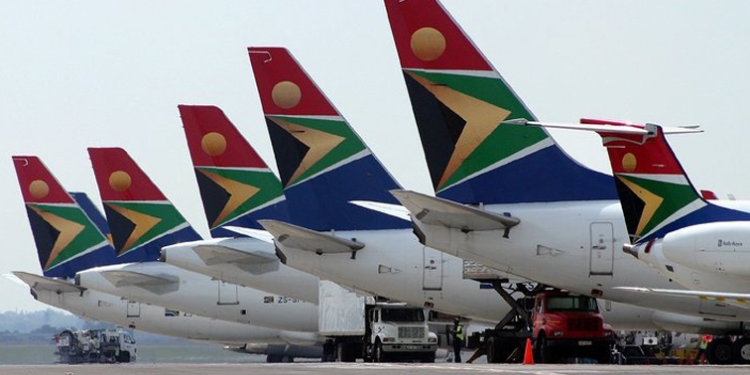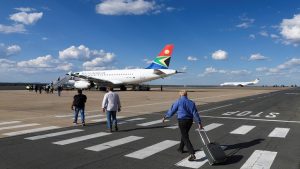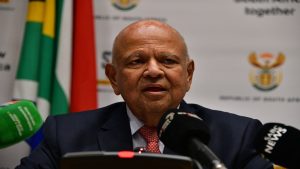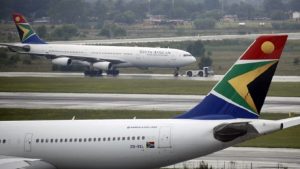It is two years since the government announced that the Takatso Consortium would buy a 51 % stake in South African Airways (SAA). The Consortium includes investment firm Harith and Global Airways, who are also the owners of LIFT airline.
The proposed deal is still being looked at by Competition Authorities and a change in legislation will be needed should SAA move to being operated by private players.
A series of government bailouts amounting to nearly R30 billion over a number of years couldn’t save SAA as it was. The national carrier went into business rescue in December 2019.
With no further funds forthcoming from government and COVID-19 lockdowns kicking in, all SAA flights were halted in May 2020. Come April 2021, SAA came out of business rescue, with the workforce trimmed down by nearly 3 000.
In June 2021, the Department of Public Enterprises announced Takatso Consortium as the government’s strategic equity partner in SAA. And in September 2021, SAA resumed commercial flights, albeit on a much smaller scale than its previous operations.
Minister of Public Enterprises Pravin Gordhan has been mum about key details pertaining to the Takatso deal which involves the consortium assuming 51 % ownership of the airline.
He’s been quiet around any other bidders that may have taken part in gunning for the SAA strategic partnership. As things stand now, there are a number of regulatory hurdles that the deal must go through.
The Competition Authorities are currently examining the deal but that process is not expected to be that onerous.
“The approvals that are going to be much more difficult are an actual change of the act of Parliament that created SAA which, as far as we can understand, would require the whole act to be changed to reflect private ownership of the airline, majority private ownership of the airline. The other even bigger hurdle perhaps is that the airline, like every other aircraft operating entity in SA, has to have what’s called an aircraft operator’s certificate and these certificates are notoriously complex to get; they can take up 18 months, issued by CAA,” says Guy Leitch, aviation expert.
Earlier this year, Gordhan is on record to have said that SAA had become profitable. A number of factors are likely to have helped the airline hover in positive financial territory.
“It hadn’t just earned that R700 million from operating effectively. What it had done is that it had gone after money that was stranded if you like via the non-payment from Angola, Zimbabwe and Nigeria, so-called blocked funds, so I believe that with government’s help the airline managed to free up a substantial amount of those blocked funds and at the same time, it sold off at least one or two of its airliners, it provided useful cash boost as well,” Leitch added.
It’s unclear how long the various processes will take before we see the transfer of SAA to Takatso and its eventual operation thereof.
But should that day come, Takatso will face a highly competitive environment where some have garnered greater market share following the COVID-19 fallout.
“SAA, having been grounded, means that it had its lunch eaten by its competitors, for SAA to try and claw back that lost market share,” Leitch explains.
As part of Takatso’s takeover of SAA, the government undertook to ensure that the airline was debt free. At the time of business rescue, it said that it would provide up to R3. 5 billion to clear legacy debt.
Finance Minister Enoch Godongwana announced a transfer of R1 billion to SAA at the recent budget. But it still remains unclear as to whether the full R3.5 billion to cover the debt’s accrued has been paid.






